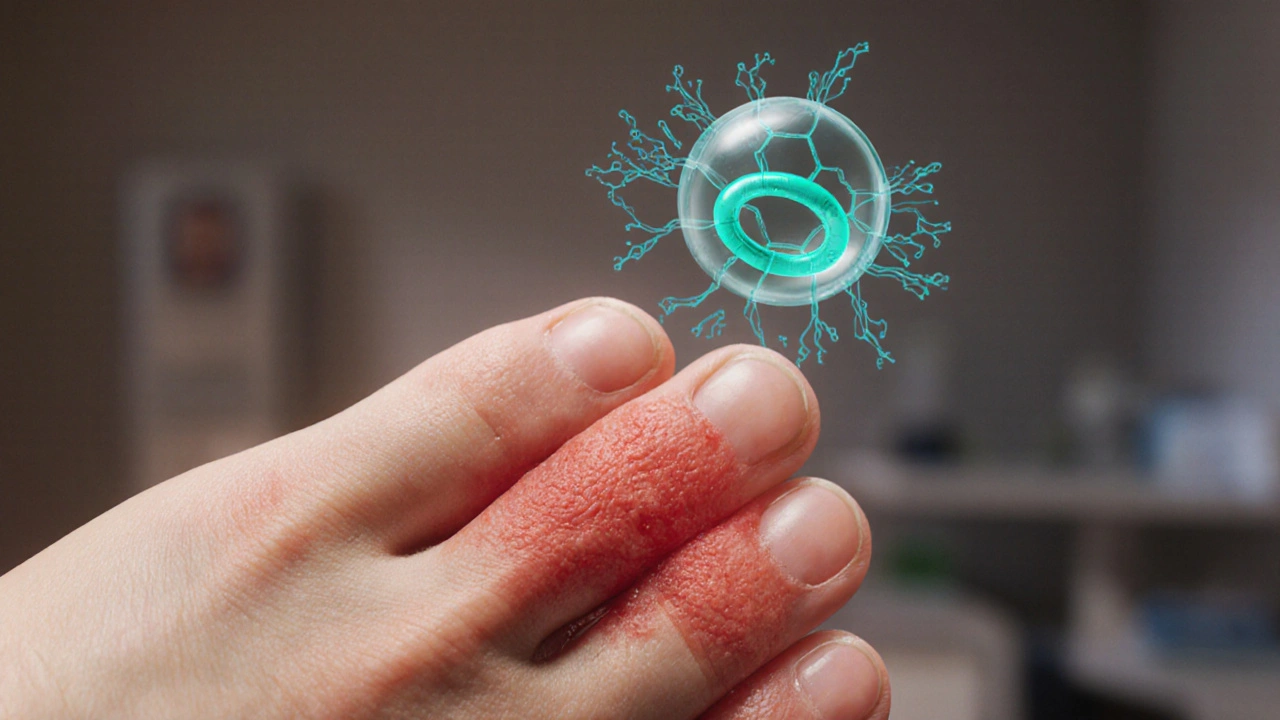Colchicine Side Effects – Essential Guide
When dealing with Colchicine side effects, the unwanted reactions that can happen while taking colchicine, a plant‑derived drug used mainly for gout attacks. Also known as colchicine toxicity, they range from mild stomach upset to potentially life‑threatening organ damage. Gout, a painful arthritis caused by uric acid crystal deposits often drives patients to colchicine, so understanding the risk profile is crucial. Renal impairment, reduced kidney function that slows drug clearance is a big red flag because it amplifies toxicity. Knowing how these pieces fit together helps you avoid surprises and keep your treatment on track.
Typical and Severe Reactions
Most people first notice gastrointestinal upset—nausea, vomiting, and watery diarrhea—within hours of the dose. This is a classic example of a common side effect, a reaction that occurs in a large portion of users without causing lasting harm. If the symptoms persist or become severe, they can lead to dehydration and electrolyte imbalance, which in turn may trigger renal complications, acute kidney injury that worsens drug accumulation. Beyond the gut, colchicine can affect muscle tissue, causing myopathy, and the bone marrow, leading to low blood counts. These serious outcomes require immediate medical attention because they signal that the drug’s narrow therapeutic window has been breached.
Several factors tip the balance toward severe toxicity. High doses, especially in patients with renal impairment, decreased clearance that lets the drug build up, are the most common culprit. Drug‑drug interactions also play a big role; for instance, macrolide antibiotics, certain antifungals, and statins can block colchicine’s metabolism, raising its levels dramatically. Age, liver disease, and low body weight add further risk. Because colchicine is cleared by both kidneys and liver, any organ dysfunction can skew the dose‑response curve, turning a therapeutic dose into a toxic one.
To stay safe, start with the lowest effective dose and adjust based on kidney function tests and any concurrent medications. Monitoring blood counts and muscle enzymes during prolonged therapy helps catch early signs of myopathy or bone‑marrow suppression. If you notice persistent diarrhea, abdominal pain, unusual bruising, or muscle weakness, pause the medication and contact your doctor right away. Hydration, dose reduction, or switching to an alternative gout therapy—like NSAIDs or corticosteroids—can prevent escalation.
Below you’ll find a curated set of articles that dive deeper into each of these topics: detailed breakdowns of gastrointestinal symptoms, guidance on dose adjustments for renal patients, lists of high‑risk drug interactions, and step‑by‑step plans for managing toxicity. Use them to build a personalized safety checklist and keep your gout treatment effective without unwanted side effects.
A detailed comparison of colchicine with its main alternatives, covering mechanisms, side effects, costs, and how to choose the right gout treatment.

